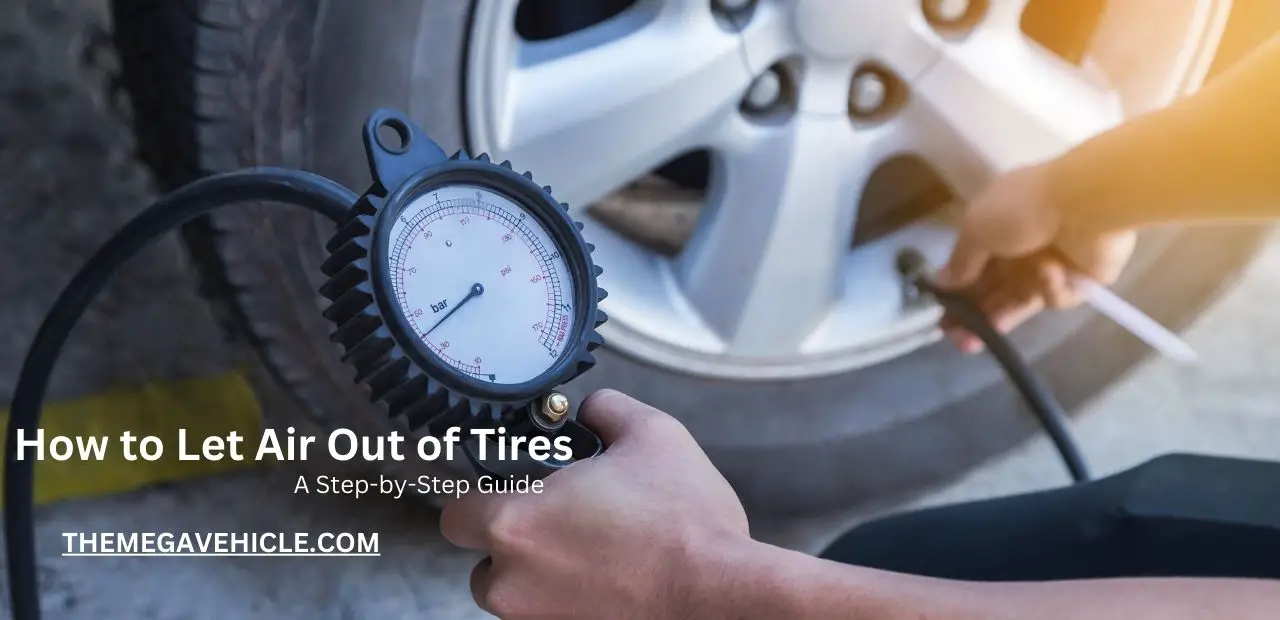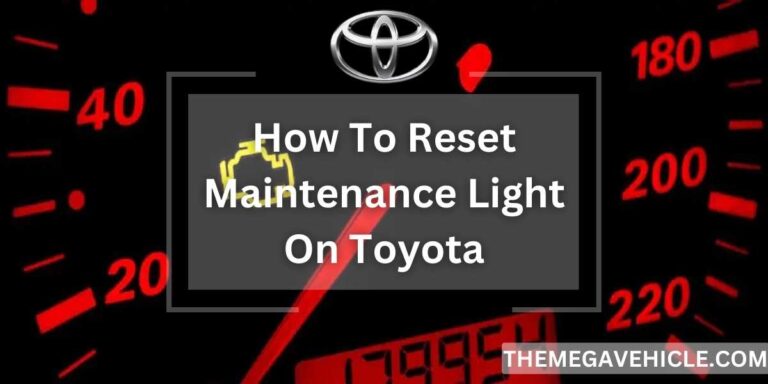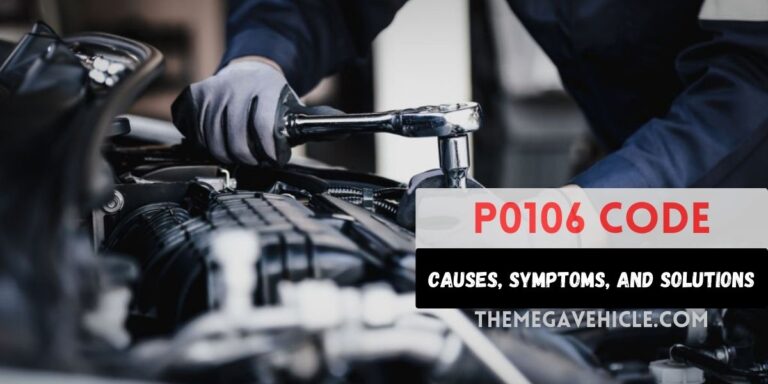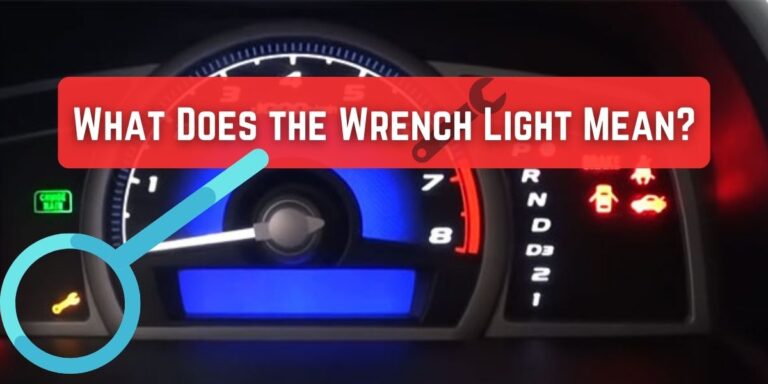How to Let Air Out of Tires: A Step-by-Step Guide

Overinflated tires can be dangerous and can lead to a number of problems, including reduced fuel economy, poor handling, and even a tire blowout. If your tires are overinflated, you can easily let some air out to bring them back to the recommended pressure.
Tools needed to let air out of tires
The tools needed to let air out of tires depend on the method you choose. Here are the most common methods and the tools required for each:
| Method | Tools |
|---|---|
| Pen or pencil | None |
| Tire deflator | Tire deflator |
| Tire pressure gauge | Tire pressure gauge |
| Compressor | Compressor |
| Screwdriver or needle-nose pliers | Screwdriver or needle-nose pliers |
How to Let Air Out of Tires?
Letting air out of tires is a simple process, but it’s important to do it safely and correctly. Here are five different methods for letting air out of your tires, along with step-by-step instructions and safety precautions:
1. Using a pen or pencil
This is the most basic method, but it’s also the least accurate. To let air out of your tire using a pen or pencil, simply stick the tip into the valve stem and press down. You should hear air hissing out. Continue pressing down until the tire reaches the desired pressure.
2. Using a tire deflator
A tire deflator is a small tool that is specifically designed for letting air out of tires. It’s more accurate than using a pen or pencil, and it’s also easier to use. To use a tire deflator, simply attach it to the valve stem and press down. You can adjust the flow of air by turning the knob on the deflator.
3. Using a tire pressure gauge
A tire pressure gauge is another tool that can be used to let air out of tires. It’s not as accurate as a tire deflator, but it’s more accurate than using a pen or pencil. To use a tire pressure gauge to let air out of your tire, simply attach it to the valve stem and press down. You should hear air hissing out. Continue pressing down until the tire reaches the desired pressure.
4. Using a compressor
A compressor is a power tool that can be used to inflate or deflate tires. It’s the most accurate and fastest way to let air out of your tires. To use a compressor to let air out of your tire, simply attach the air hose to the valve stem and turn on the compressor. Set the compressor’s pressure regulator to the desired level. The compressor will automatically stop inflating or deflating the tire once it reaches the desired pressure.
5. Using screwdriver or needle-nose pliers
If you don’t have a pen, pencil, tire deflator, tire pressure gauge, or compressor, you can still let air out of your tire using a screwdriver or needle-nose pliers. To do this, simply insert the tip of the screwdriver or pliers into the valve stem and press down. You should hear air hissing out. Continue pressing down until the tire reaches the desired pressure.
Safety precautions
- Always park your vehicle on a level surface before letting air out of your tires.
- Engage the parking brake and block the wheels to prevent the vehicle from rolling.
- Flying debris can be dangerous, so protect yourself with safety glasses and gloves.
- Be careful not to over-inflate your tires. Over-inflated tires can be dangerous and can lead to blowouts.
- Always replace the valve cap before driving away.
Additional tips
- If you’re letting air out of a hot tire, let it cool down first. This will give you a more accurate reading of the pressure.
- Use a tire pressure gauge to check the pressure of all four tires before you start driving.
- Don’t forget to check your tire pressure before long trips or when carrying heavy loads, and do it regularly to keep you safe on the road.
Why Proper Tire Pressure is Important?
Maintaining proper tire pressure is essential for vehicle safety, performance, and fuel efficiency. Properly inflated tires help to:
- Improve handling and braking: When tires are underinflated, they have a larger contact patch with the road. This can reduce traction and make it more difficult to control the vehicle.
- Reduce the risk of blowouts: Underinflated tires are more likely to overheat and blowout, especially at high speeds.
- Extend the life of the tires: Properly inflated tires wear more evenly and last longer than underinflated tires.
- Improve fuel economy: Underinflated tires have more rolling resistance, which means that the engine has to work harder to move the vehicle. This can make your car less fuel-efficient.
The recommended tire pressure for your vehicle is usually listed on a sticker on the driver’s side door jamb or in the owner’s manual. It’s important to check your tire pressure regularly, especially before long trips or when carrying heavy loads.
How to Check Tire Pressure
To check your tire pressure, simply use a tire pressure gauge. You can buy these from most auto parts stores or online.
- Park your vehicle on a level surface.
- Remove the valve cap from one of your tires.
- Press the tire pressure gauge onto the valve stem.
- Read the tire pressure gauge.
- Replace the valve cap.
- Repeat steps 2-5 for each tire.
Why do you need to let air out of tires?
There are a few reasons why you might need to let air out of your tires:
1. Overinflated tires
Overinflated tires have a smaller contact patch with the road, which can reduce traction and make it more difficult to control the vehicle. They’re also more likely to overheat and blowout, especially at high speeds. Overinflated tires can also reduce fuel efficiency, as the engine has to work harder to move the vehicle.
2. Off-roading
When off-roading, reducing the air pressure in your tires can help to increase traction and prevent them from getting stuck in mud or sand. This is because deflated tires have a larger contact patch with the ground. However, it’s important not to let too much air out of your tires, as this can damage them and your rims.
3. Transporting a heavy load
When transporting a heavy load, the weight of the load can cause the tires to overinflate. This can reduce traction and make it more difficult to control the vehicle. Letting some air out of the tires can help to increase the contact patch with the road and improve handling and braking.
4. Parking your car for an extended period of time
If you’re Parking your car for an extended period of time, it’s a good idea to let some air out of the tires to prevent them from flat-spotting. Flat-spotting occurs when the tires are under pressure for a long period of time, which can cause them to become deformed. Deflating the tires slightly can help to prevent this from happening.
How much air should you let out of your tires?
The amount of air you should let out of your tires depends on the reason you’re doing it. Here are some specific guidelines:
- Overinflated tires: Reduce the pressure to the recommended level listed on the driver’s side door jamb sticker.
- Off-roading: Reduce the pressure by 20-30%.
- Transporting a heavy load: Reduce the pressure by 10-15%.
- Parking your car for an extended period of time: Reduce the pressure by 10-15%.
Please keep in mind that these are just general suggestions. The best way to determine how much air to let out of your tires is to consult with a qualified mechanic or off-roading expert.






